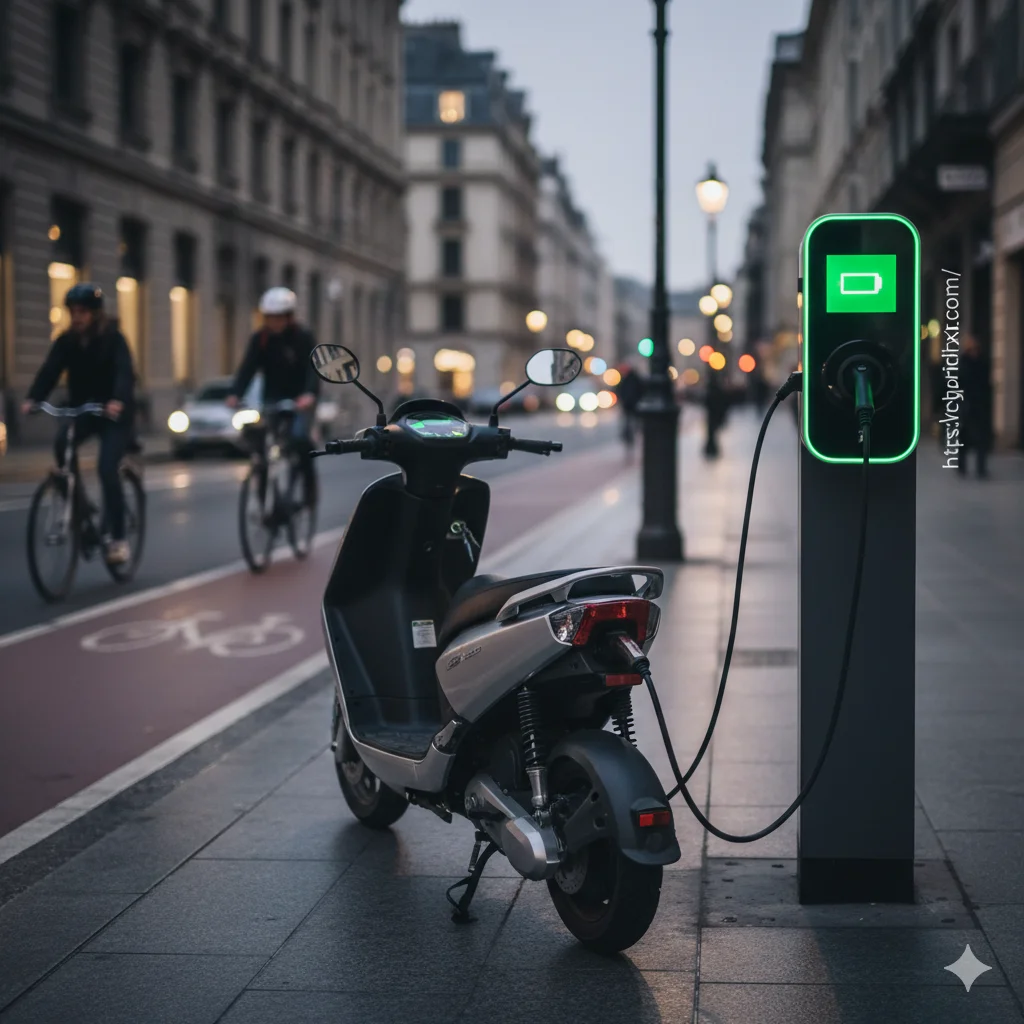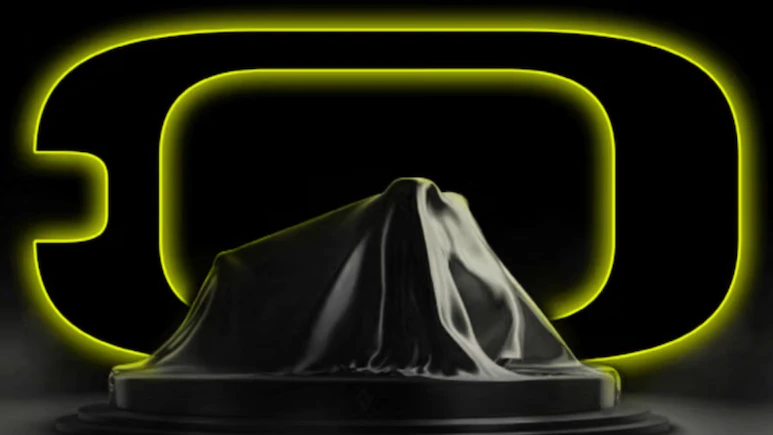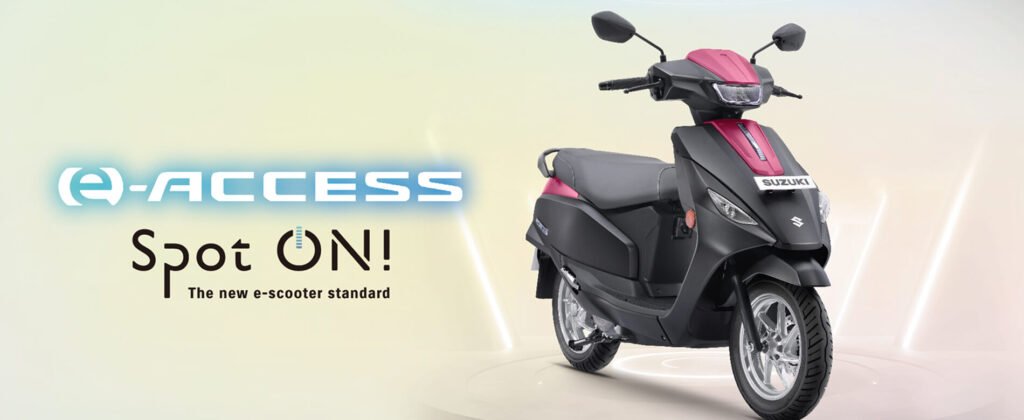India’s electric two-wheeler (E2W) market is witnessing a significant realignment, as established automakers reclaim their dominance from the wave of new-age startups that initially disrupted the segment. While startups such as Ola Electric and Ather Energy continue to innovate and maintain strong positions in urban markets, the three legacy brands—once seen as late entrants in the electric mobility segment—are now leveraging their extensive dealer networks, brand trust, and expanding EV portfolios to capture market share from younger, venture-backed rivals.During the first half of this fiscal (H1 FY26, April-September 2025), TVS Motor Company, Bajaj Auto, and Hero MotoCorp together accounted for 51 per cent of total electric two-wheeler registrations in the country, up from 37 per cent in the year-ago period. Of the total 6.12 lakh electric two-wheelers sold during H1 FY26, the combined volumes of the three legacy players stood at about 3.13 lakh units.
Legacy Players Power Ahead: TVS Leads the Charge
TVS Motor Company has emerged as the frontrunner among the traditional giants, clinching a robust 23 per cent market share in H1 FY26—up from 17 per cent in the previous year. The company’s iQube series, bolstered by multiple variants and aggressive pricing, has been a key driver, with monthly sales consistently topping the charts. In September alone, TVS registered over 22,000 units, maintaining its lead for the sixth consecutive month. This growth underscores TVS’s strategic push into EVs, including expanded manufacturing capacity and a growing network of over 1,000 experience centers.Bajaj Auto followed closely with a 19 per cent share, an improvement from 16 per cent YoY, fueled by its Chetak scooter lineup and the introduction of more affordable models. Bajaj’s focus on rural penetration through its vast dealer footprint—spanning over 5,000 outlets—has helped it regain the No. 2 spot in recent months, with September sales exceeding 19,500 units.Hero MotoCorp, the overall two-wheeler market leader, has shown the most dramatic turnaround, boosting its E2W share to 9 per cent from a mere 4 per cent last year. The Vida V1 scooter, supported by Hero’s unparalleled service network of 6,000+ touchpoints, has resonated with first-time EV buyers in tier-2 and tier-3 cities. Hero’s September volumes crossed 10,000 units, signaling accelerated adoption.
Startups Hold Ground Amid Challenges: Ather Gains, Ola Slips
Despite the legacy surge, new-age players remain vital to the ecosystem. Ather Energy has steadily climbed, expanding its market share to 15 per cent from 10 per cent YoY, thanks to the popular 450X and Rizta models. In a milestone September, Ather overtook Ola Electric with 18,109 registrations, securing a 17.2 per cent share—its highest ever. The Bengaluru-based firm’s emphasis on premium features, fast-charging infrastructure (over 1,500 Grid points), and urban appeal has paid off, even as it navigates funding constraints.Ola Electric, once the undisputed leader, saw its dominance wane to 18 per cent from a commanding 40 per cent in H1 FY25. September was particularly tough, with volumes dipping below 13,400 units amid service network woes and competitive pressures. However, Ola’s S1 and Roadster series continue to drive volumes through aggressive pricing and a direct-to-consumer model, with the company targeting 3.25-3.75 lakh units for full FY26.
What’s Driving the Shift?
The realignment reflects broader market maturation. Legacy players benefit from economies of scale, integrated supply chains, and trust built over decades—critical in a price-sensitive market where total ownership costs matter. Government incentives like the EMPS subsidy (up to Rs 10,000 per kWh) and falling battery prices have lowered entry barriers, allowing established brands to flood the market with diverse offerings.Startups, meanwhile, grapple with scaling challenges: Ola faces regulatory scrutiny over data privacy and service quality, while Ather invests heavily in R&D for next-gen batteries. Urban penetration remains a stronghold for these innovators, but rural expansion—where legacy brands excel—holds 60 per cent of India’s two-wheeler potential.
Outlook: A Balanced EV Future
With H1 FY26 sales up 25 per cent YoY to 6.12 lakh units, the E2W segment is on track for 12-14 lakh annual volumes, propelled by festive demand and GST 2.0 benefits. As legacy giants solidify their lead, expect intensified competition: TVS eyes 25 per cent share by year-end, while Ola plans motorcycle launches to diversify.This shift isn’t zero-sum; it fosters innovation across the board. For Indian consumers, it means more choices—from budget commuters to premium scooters—accelerating the nation’s green mobility goals. As FY26 unfolds, the race for electrons will only heat up, blending tradition with disruption for a electrified tomorrow.



